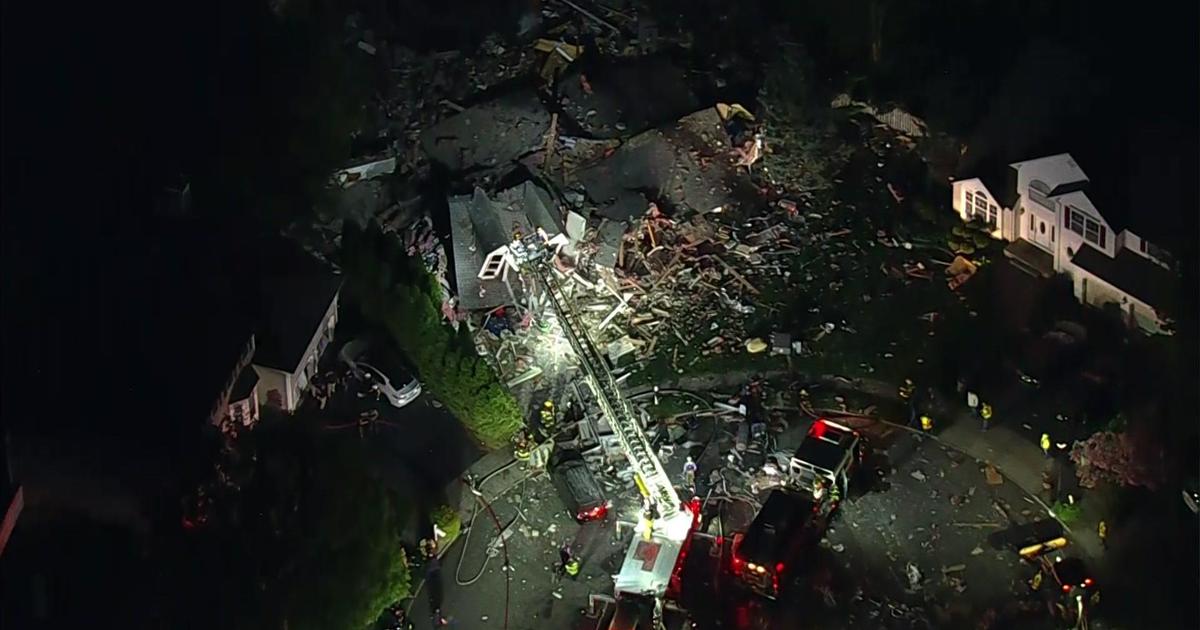Communication failure may have led to subway collision in Manhattan, National Transportation Safety Board says
NEW YORK -- After a train collision on the Upper West Side with hundreds on board earlier this month, we're getting a closer look at what experts say actually happened that day.
CBS New York's Jenna DeAngelis learned a communication failure may be to blame.
Two subway trains collided near 96th Street station on Jan. 4, injuring at least 25 people and disrupting service for days.
Three weeks later, the National Transportation Safety Board released its preliminary report, and New York City Transit President Richard Davey followed up with a news conference.
"We're still working with them to determine sort of the root cause and, more importantly, recommendations to implement in the future to make sure that doesn't happen again," he said.
According to the NTSB, before the collision, an "unruly passenger" on one of the trains pulled the emergency brake; that train was then taken out of service.
While en route to the rail yard for repairs, the flagger in the front railcar told the NTSB he lost radio communications with the transit system supervisor in the sixth car. The report says the supervisor did not receive the flagger's instructions to stop, so it passed by a signal requiring a stop, resulting in the collision.
"We're not exactly sure yet. You know, was it a communication issue between those two folks? Radios seemed to be working, but we're investigating that," Davey said.
Davey notes this move -- operating a car from the center and having eyes in front -- is not uncommon.
"We do it about 10, 12 times a week in the last year, and we've done it without any fanfare," he said.
According to the report, the track in the area was equipped with trip stops, which activate a train's emergency brakes, but because the brakes of some cars were cut out from the earlier vandalism, emergency brakes could not be activated.
NTSB investigators also noted neither train was equipped with cameras or recording devices, something the MTA says it's working on improving.
"We are putting out an RFP [request for proposal] soon to see if we can get some forward-facing cameras that not only can provide evidence in this instance, but potentially better than the human eye, catch an intrusion," Davey said.
The NTSB said in a statement:
"The National Transportation Safety Board's investigation is ongoing. Future investigative activity will focus on NYCT's operating procedures when moving bad order cars, radio communication procedures, mechanical procedures when placing a revenue train in bad order status, and the lack of federal requirements for railcar event recorders on FTA regulated properties."




